Page 49 of 326
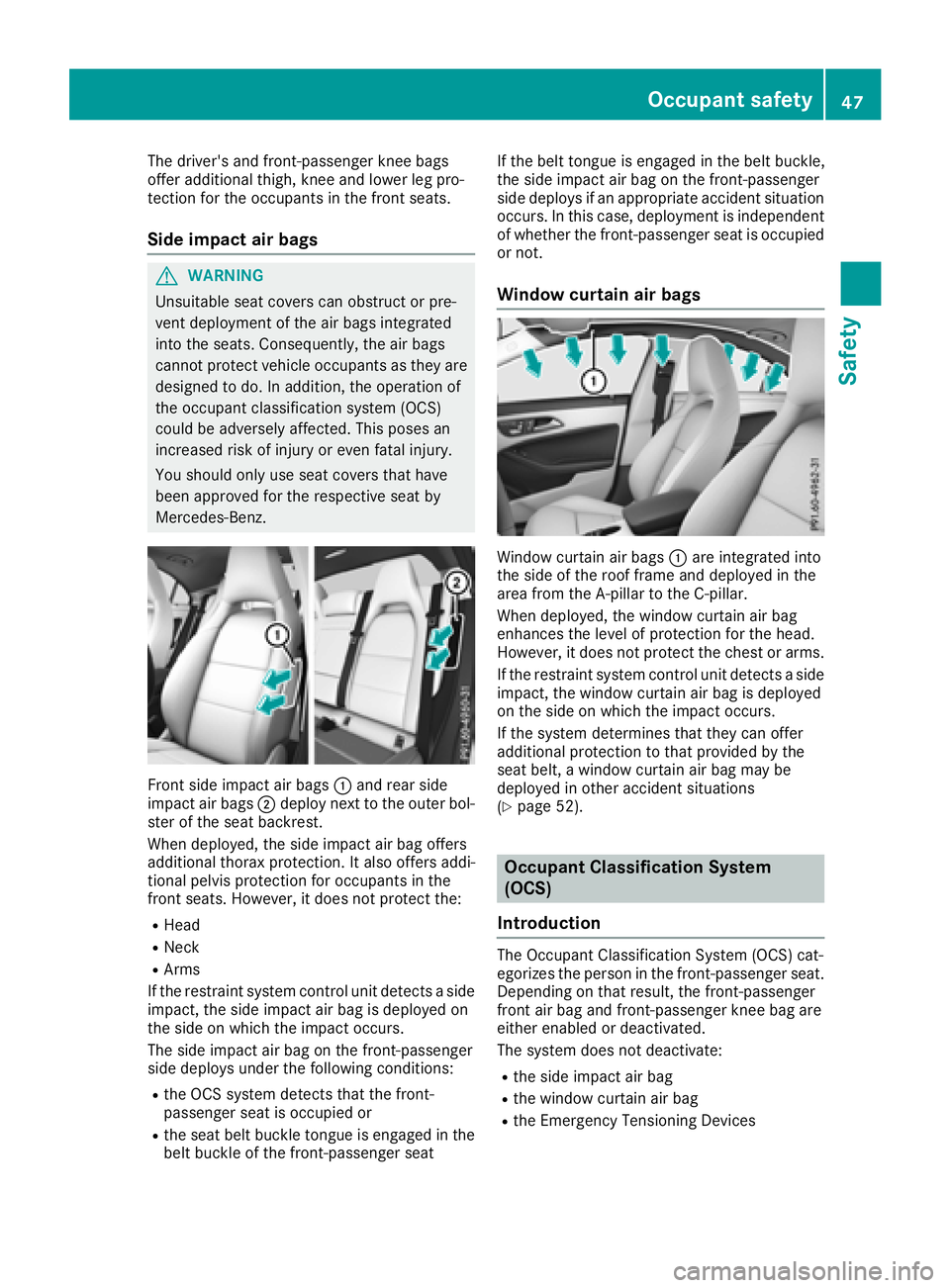
The driver's and front-passenger knee bags
offer additional thigh, knee and lower leg pro-
tection for the occupantsinthe front seats.
Side impact air bags
GWARNING
Unsuitable seat covers can obstruct or pre-
vent deployment of the air bags integrated
into the seats. Consequently, the air bags
cannot protec tvehicle occupantsast hey are
designed to do. In addition, the operation of
the occupant classification system (OCS)
could be adversely affected. This poses an
increased risk of injury or even fatal injury.
You should only use seat covers that have
been approved for the respective seat by
Mercedes-Benz.
Fronts ide impact air bags :and rear side
impact air bags ;deploy next to the outer bol-
ster of the seat backrest.
When deployed, the side impact air bag offers
additional thorax protection. It also offers addi-
tional pelvis protection for occupantsint he
front seats. However, it does not protec tthe:
RHead
RNeck
RArms
If the restraint system control unit detect saside
impact, the side impact air bag is deployed on
the side on which the impact occurs.
The side impact air bag on the front-passenger
side deploys under the following conditions:
Rthe OCS system detect sthat the front-
passenger seat is occupied or
Rthe seat belt buckle tongue is engaged in the belt buckle of the front-passenger seat If the belt tongue is engaged in the belt buckle,
the side impact air bag on the front-passenger
side deploys if an appropriate accident situation
occurs. In this case, deployment is independent
of whether the front-passenger seat is occupied
or not.
Window curtain air bags
Window curtain air bags
:are integrated into
the side of the roof frame and deployed in the
area from the A-pillar to the C-pillar.
When deployed, the window curtain air bag
enhances the level of protection for the head.
However, it does not protec tthe chest or arms.
If the restraint system control unit detect saside
impact, the window curtain air bag is deployed
on the side on which the impact occurs.
If the system determines that they can offer
additional protection to that provided by the
seat belt, awindow curtain air bag may be
deployed in other accident situations
(
Ypage 52).
Occupant Classification System
(OCS)
Introduction
The Occupant Classification System (OCS) cat-
egorizes the person in the front-passenger seat.
Dependin gonthat result, the front-passenger
front air bag and front-passenger knee bag are
either enabled or deactivated.
The system does not deactivate:
Rthe side impact air bag
Rthe window curtain air bag
Rthe Emergency TensioningD evices
Occupant safety47
Safety
Z
Page 50 of 326
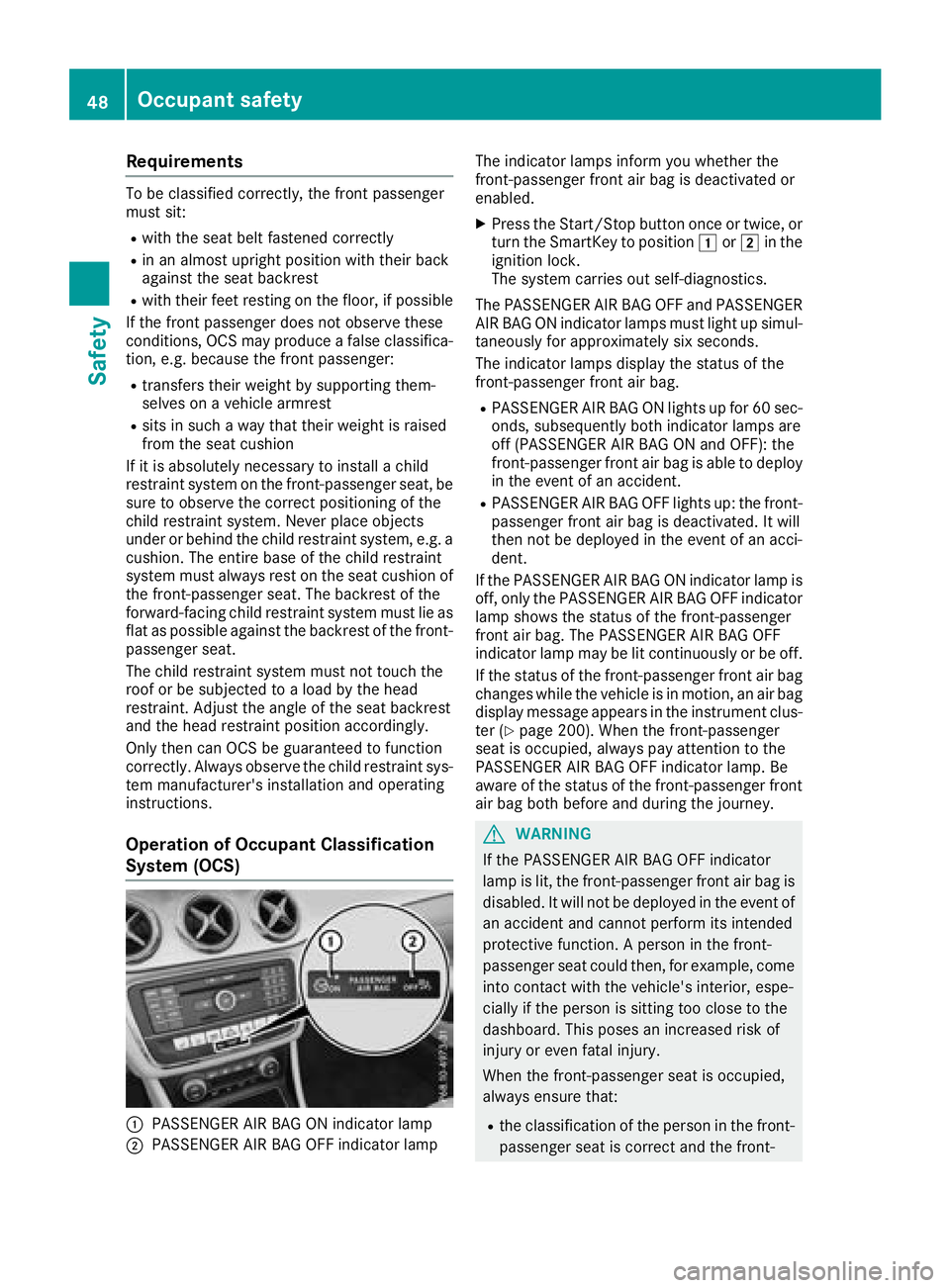
Requirements
To be classifiedcorrectly ,the front passenger
mus tsit:
Rwith the seatb eltf astened correctly
Rin an almost upright position with theirb ack
against the seatb ackrest
Rwith theirf eetresting on the floor, if possible
If the front passenger doe snot observe these
conditions ,OCS may produce afalse classifica-
tion, e.g. because the front passenger:
Rtransfers theirw eightbys uppo rting them-
selves on avehicl earmrest
Rsits in such awaythat theirw eightisr aised
from the seatc ushion
If it is absolutely necessary to install achild
restraint system on the front-passenger seat, be
sure to observe the correct positioning of the
child restraint system. Neverp lace objects
under or behind the child restraint system, e.g. a
cushion. The entir ebaseoft he child restraint
system mus talway srestont he seatc ushionof
the front-passenger seat. The backrest of the
forward-facing child restraint system mus tlie as
fla tasp ossible against the backrest of the front-
passenger seat.
The child restraint system mus tnot touch the
rooforbes ubjecte dtoal oadbyt he head
restraint. Adjust the angle of the seatb ackrest
and the headr estraint position accordingly.
Only then can OCSbeg uaranteed to function
correctly .Alway sobserve the child restraint sys-
tem manufacturer'si nstallationand o
perating
instructions.
OperationofO ccupant Classification
System (OCS)
:PASSENGER AIR BAG ON indicator lamp
;PASSENGER AIR BAG OFF indicator lamp The indicator lamps inform yo
uwhethe rthe
front-passenger front ai rbag is deactivated or
enabled.
XPress the Start/Sto pbutton once or twice, or
turn the SmartKey to position 1or2 in the
ignition lock.
The system carrie soutself-diagnostics.
The PASSENGER AIR BAG OFF and PASSENGER
AIR BAG ON indicator lamps mus tlight up simul-
taneously for approximately six seconds.
The indicator lamps display the statu softhe
front-passenger front ai rbag.
RPASSENGER AIR BAG ON lights up for 60 sec-
onds ,sub sequently both indicator lamps are
off (PASSENGER AIR BAG ON and OFF):t he
front-passenger front ai rbag is able to deploy
in the event of an accident.
RPASSENGER AIR BAG OFF lights up :the front-
passenger front ai rbag is deactivated. It will
then not be deploye dinthe event of an acci-
dent.
If the PASSENGER AIR BAG ON indicator lamp is
off, only the PASSENGER AIR BAG OFF indicator lamp shows the statu softhe front-passenger
front ai rbag.T he PASSENGER AIR BAG OFF
indicator lamp may be li tcontinuously or be off.
If the statu softhe front-passenger front ai rbag
changes whil ethe vehicl eisinmotion, an ai rbag
display message appears in the instrument clus-
ter (
Ypage 200). Whent he front-passenger
seati soccupied, always pa yattention to the
PASSENGER AIR BAG OFF indica tor l
amp. Be
aware of the statu softhe front-passenger front
ai rb ag both before and during the journey.
GWARNING
If the PASSENGER AIR BAG OFF indicator
lamp is lit, the front-passenger front ai rbag is
disabled. It will not be deploye dinthe event of
an accident and canno tperform its intended
protectiv efunction. Aperson in the front-
passenger seatc ould then, for example, come
into contact with the vehicle's interior, espe-
ciall yift he person is sitting too close to the
dashboard. Thisp oses an increased ris kof
injury or evenf atalinjury.
Whent he front-passenger seati soccupied,
always ensure that:
Rthe classification of the person in the front- passenger seati scorrect and the front-
48Occupan tsafety
Safety
Page 51 of 326
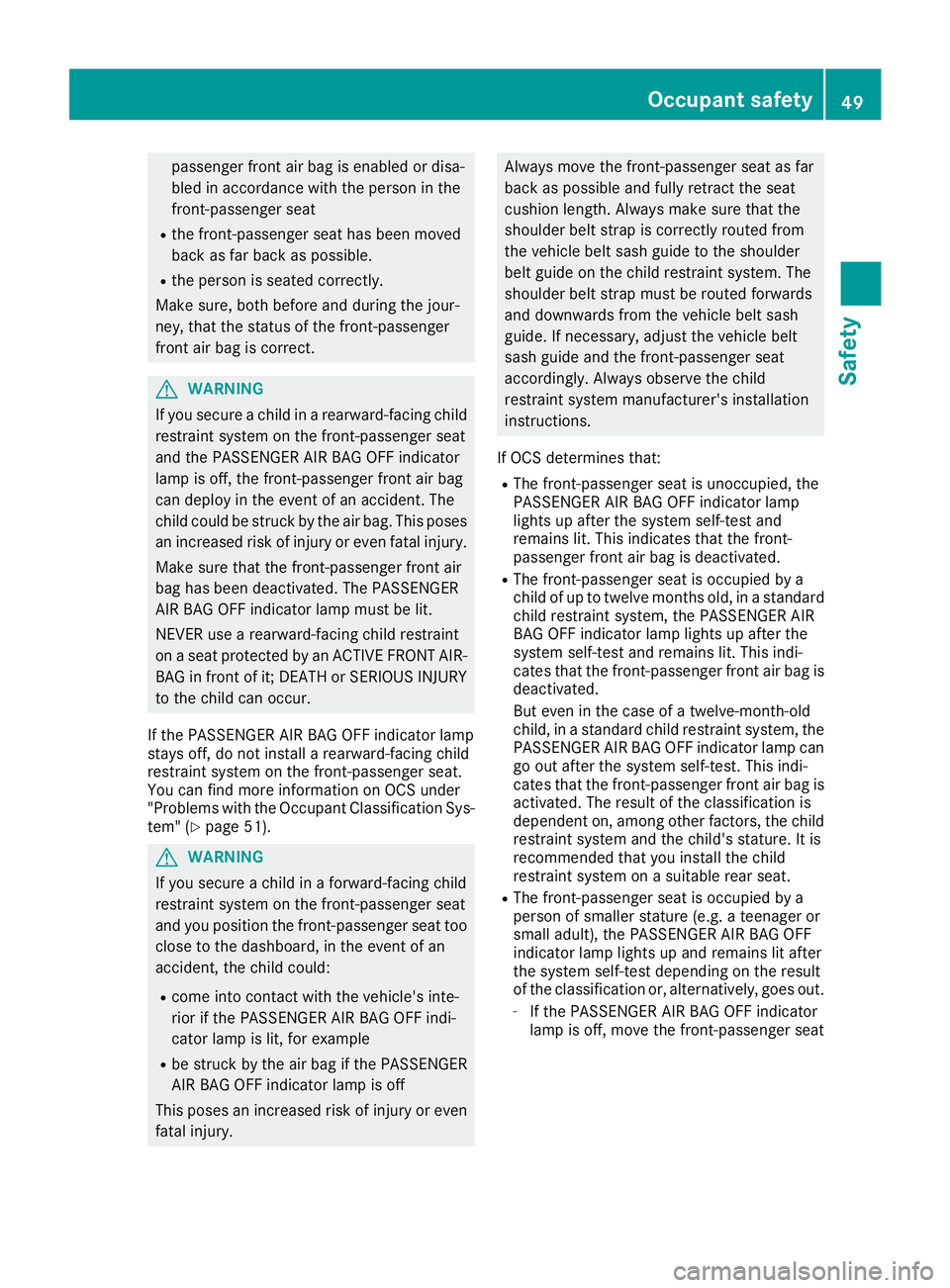
passenger frontair bag is enabled or disa-
bled in accordance with the person in the
front-passenger seat
Rthe front-passenger seat has been moved
back as far back as possible.
Rthe person is seated correctly.
Make sure, both before and during the jour-
ney, that the status of the front-passenger
fronta ir bag is correct.
GWARNING
If you secure achild in arearward-facing child
restraint system on the front-passenger seat
and the PASSENGER AIR BAGO FF indicator
lamp is off, the front-passenger fronta ir bag
can deploy in the event of an accident. The
child could be struck by the air bag. This poses an increased risk of injury or even fatal injury.
Make sure that the front-passenger fronta ir
bag has been deactivated. The PASSENGER
AIR BAGO FF indicator lamp must be lit.
NEVER use arearward-facing child restraint
on aseat protected by an ACTIVE FRONT AIR-
BAGinf rontofit; DEATH or SERIOUS INJURY
to the child can occur.
If the PASSENGER AIR BAGO FF indicator lamp
stays off, do not install arearward-facing child
restraint system on the front-passenger seat.
You can find more information on OCS under
"Problems with the Occupant Classification Sys-
tem" (
Ypage 51).
GWARNING
If you secure achild in aforward-facingc hild
restraint system on the front-passenger seat
and you position the front-passenger seat too close to the dashboard, in the event of an
accident, the child could:
Rcome int ocontact with the vehicle's inte-
rior if the PASSENGER AIR BAGO FF indi-
cator lamp is lit, for example
Rbe struck by the air bag if the PASSENGER
AIR BAGO FF indicator lamp is off
This poses an increased risk of injury or even fatal injury.
Always move the front-passenger seat as far
back as possible and fully retract the seat
cushion length. Always make sure that the
shoulder belt strap is correctly routed from
the vehicle belt sash guide to the shoulder
belt guide on the child restraint system. The
shoulder belt strap must be routed forwards
and downwards from the vehicle belt sash
guide. If necessary, adjust the vehicle belt
sash guide and the front-passenger seat
accordingly. Always observe the child
restraint system manufacturer's installation
instructions.
If OCS determines that:
RThe front-passenger seat is unoccupied, the
PASSENGER AIR BAGO FF indicator lamp
lights up after the system self-test and
remains lit. This indicates that the front-
passenger fronta ir bag is deactivated.
RThe front-passenger seat is occupied by a
child of up to twelve months old, in astandard
child restraint system, the PASSENGER AIR
BAGO FF indicator lamp lights up after the
system self-test and remains lit. This indi-
cates that the front-passenger fronta ir bag is
deactivated.
But even in the case of atwelve-month-old
child, in astandard child restraint system, the
PASSENGER AIR BAGO FF indicator lamp can
go out after the system self-test. This indi-
cates that the front-passenger fronta ir bag is
activated. The result of the classification is
dependen ton, among other factors, the child
restraint system and the child's stature. It is
recommended that you install the child
restraint system on asuitable rear seat.
RThe front-passenger seat is occupied by a
person of smaller stature (e.g. ateenager or
small adult), the PASSENGER AIR BAGO FF
indicator lamp lights up and remains lit after
the system self-test dependin gonthe result
of the classification or, alternatively, goes out.
-If the PASSENGER AIR BAGO FF indicator
lamp is off, move the front-passenger seat
Occupant safety49
Safety
Z
Page 52 of 326
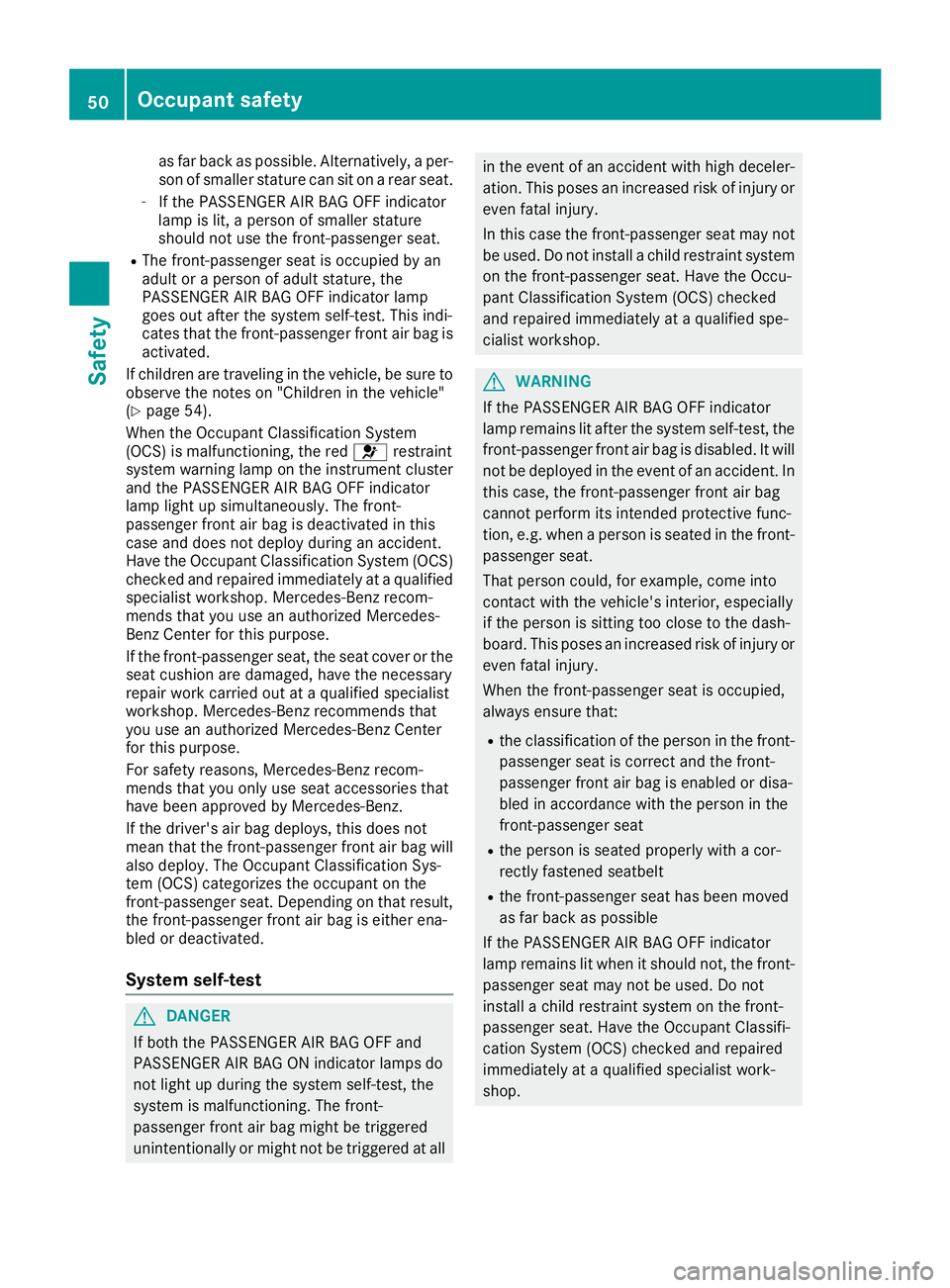
as far back as possible. Alternatively,aper-
son of smaller statur ecan sit on arear seat.
-If th ePASSENG ER AIRBAG OFFi ndicator
lamp is lit,ap erson of smaller stature
shouldn otuse th efront-pa ssenger seat.
RThe front-passenger seat is occupied by an
adult or aperson of adult stature, the
PASSENGER AI RBAG OFFi ndicator lamp
goes out after th esystem self-test.T his indi-
cates that th efront-pa ssenger fronta ir bag is
activated.
If childrena re travelinginthevehicle ,besure to
observ ethe note son" Children in th evehicle"
(
Ypage 54).
When th eOccupan tClassification System
(OCS)ism alfunctioning, th ered 6 restraint
system warning lamp on th einstrumentc luster
and th ePASSENG ER AIRBAG OFFi ndicator
lamp light up simultaneously. The front-
passenger fronta ir bag is deactivate dinthis
cas eand does no tdeployd uringana ccident.
Hav ethe Occupan tClassification System (OCS)
checked and repaired immediately at aqualified
specialist workshop.M ercedes-Benzrecom-
mends that you use an authorized Mercedes-
Ben zCenter for this purpose.
If th efront-pa ssenger seat,t heseat cover or the
seat cushion are damaged, have th enecessary
repai rwork carried out at aqualified specialist
workshop.M ercedes-Benzrecommend sthat
you use an authorized Mercedes-Ben zC
en
ter
for this purpose.
For safety reasons, Mercedes-Ben zrecom-
mends that you only use seat accessories that
have been approved by Mercedes-Benz.
If th edriver'sa ir bag deploys, this does not
mean that th efront-pa ssenger fronta ir bag will
also deploy. The Occupan tClassification Sys-
te m( OCS)c ategorize sthe occupant on the
front-passenger seat.D ependingont hatresult,
th ef ront-pa ssenger fronta ir bag is either ena-
bled or deactivated.
System self-test
GDANGER
If botht hePASSENGER AI RBAG OFFa nd
PASSENGER AI RBAG ON indicator lamps do
no tlight up durin gthe system self-test,t he
system is malfunctioning. The front-
passenger fronta ir bag mightbetriggered
unintentionally or mightn otbe triggered at all
in th eeven tofana ccidentw ith high deceler-
ation. This posesani ncreased risk of injury or
even fatal injury.
In this cas ethe front-passenger seat may not
be used. Do no tinstall achild restraint system
on th efront-pa ssenger seat.H avet he Occu-
pant Classification System (OCS)c hecked
and repaired immediately at aqualified spe-
cialis tworkshop.
GWARNING
If th ePASSENG ER AIRBAG OFFi ndicator
lamp remains lit after th esystem self-test,t he
front-passenger fronta ir bag is disabled. It will
no tbed eployed in th eeven tofana ccident. In
this case, th efront-pa ssenger fronta ir bag
canno tperform its intended protective func-
tion, e.g .when aperson is seated in th efront -
passenger seat.
That person could, for example, com einto
contac twith th evehicle's interior, especially
if th eperson is sittin gtoo close to th edash-
board .This posesani ncreased risk of injury or
even fatal injury.
When th efront-pa ssenger seat is occupied,
always ensure that:
Rth ec lassification of th eperson in th efront -
passenger seat is correc tand th efront -
passenger fronta ir bag is enabled or disa-
bled in accordance with th eperson in the
front-passenger seat
Rth ep erson is seated properly with acor-
rectly fastene dseatbelt
Rthef ront-pa ssenger seat has been moved
as far back as possible
If th ePASSENG ER AIRBAG OFFi ndicator
lamp remains lit when it shouldn ot,the front-
passenger seat may no tbeused. Do not
install achild restraint system on th efront -
passenger seat.H avet he Occupan tClassifi-
cation System (OCS)c hecked and repaired
immediately at aqualified specialist work-
shop.
50Occupant safety
Safety
Page 53 of 326
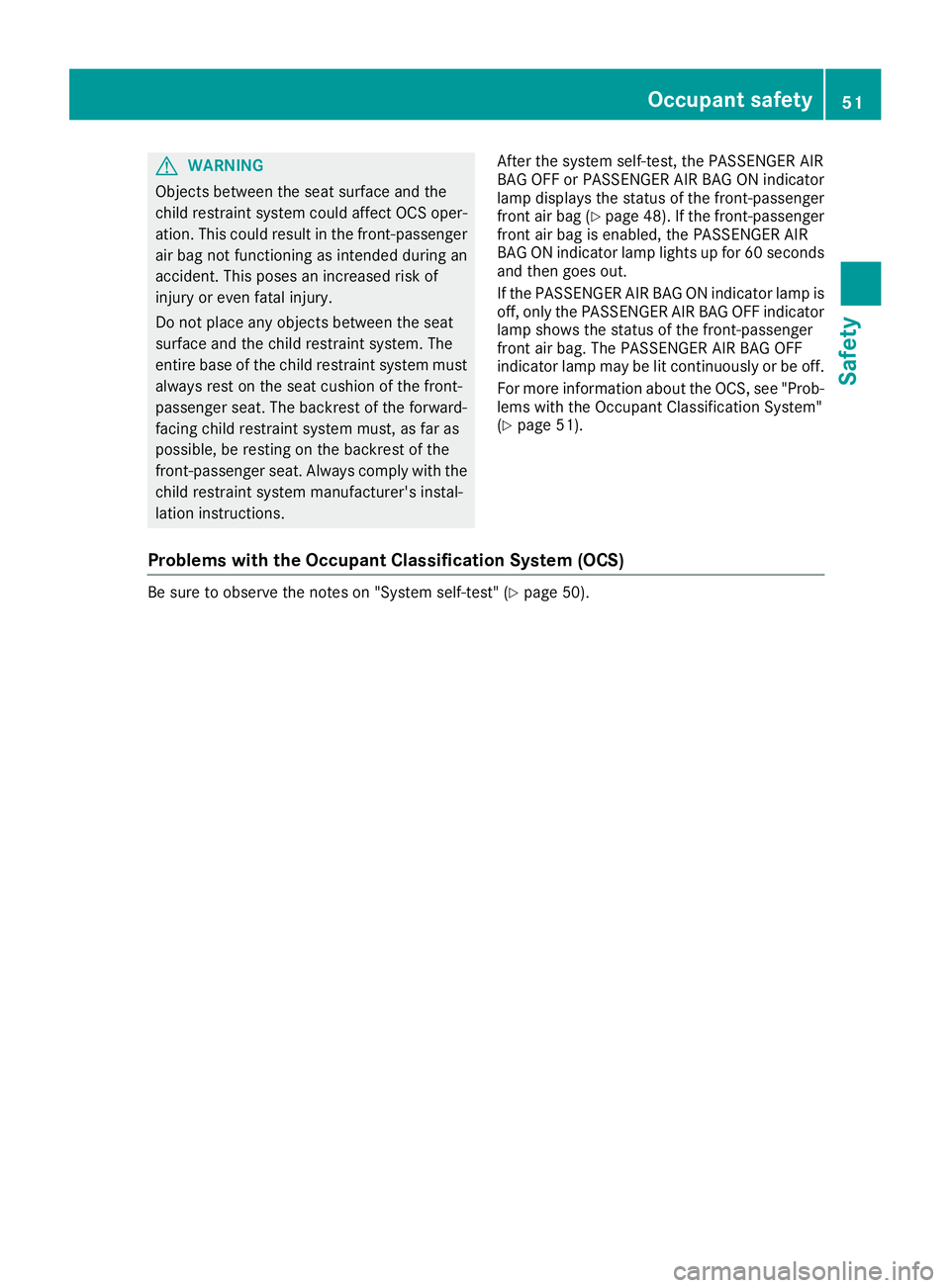
GWARNING
Objects between the seat surface and the
child restraint system coul daffect OCS oper-
ation. This coul dresult in the front-passenger
air bag not functioning as intended during an
accident. This poses an increased risk of
injury or even fatal injury.
Do not place any objects between the seat
surface and the child restraint system. The
entire base of the child restraint system must
alway srest on the seat cushion of the front-
passenger seat. The backrest of the forward-
facing child restraint system must, as far as
possible,ber esting on the backrest of the
front-passenge rseat. Always comply with the
child restraint system manufacturer's instal-
lation instructions. After the system self-test, the PASSENGER AIR
BAG OFF or PASSENGER AIR BAG ON indicator
lamp display
sthe status of the front-passenger
front air bag (
Ypage4 8). If the front-passenger
front air bag is enabled, the PASSENGER AIR
BAG ON indicator lamp lights up for 60 seconds and then goes out.
If the PASSENGER AIR BAG ON indicator lamp is
off, only the PASSENGER AIR BAG OFF indicator
lamp showst he status of the front-passenger
front air bag.T he PASSENGER AIR BAG OFF
indicator lamp may be lit continuously or be off.
For more information about the OCS, see "Prob-
lems with the Occupant Classification System"
(
Ypage5 1).
Problems with the Occupant Classificatio nSystem (OCS)
Be sure to observe the notes on "System self-test" (Ypag e50).
Occupant safety51
Safety
Z
Page 54 of 326
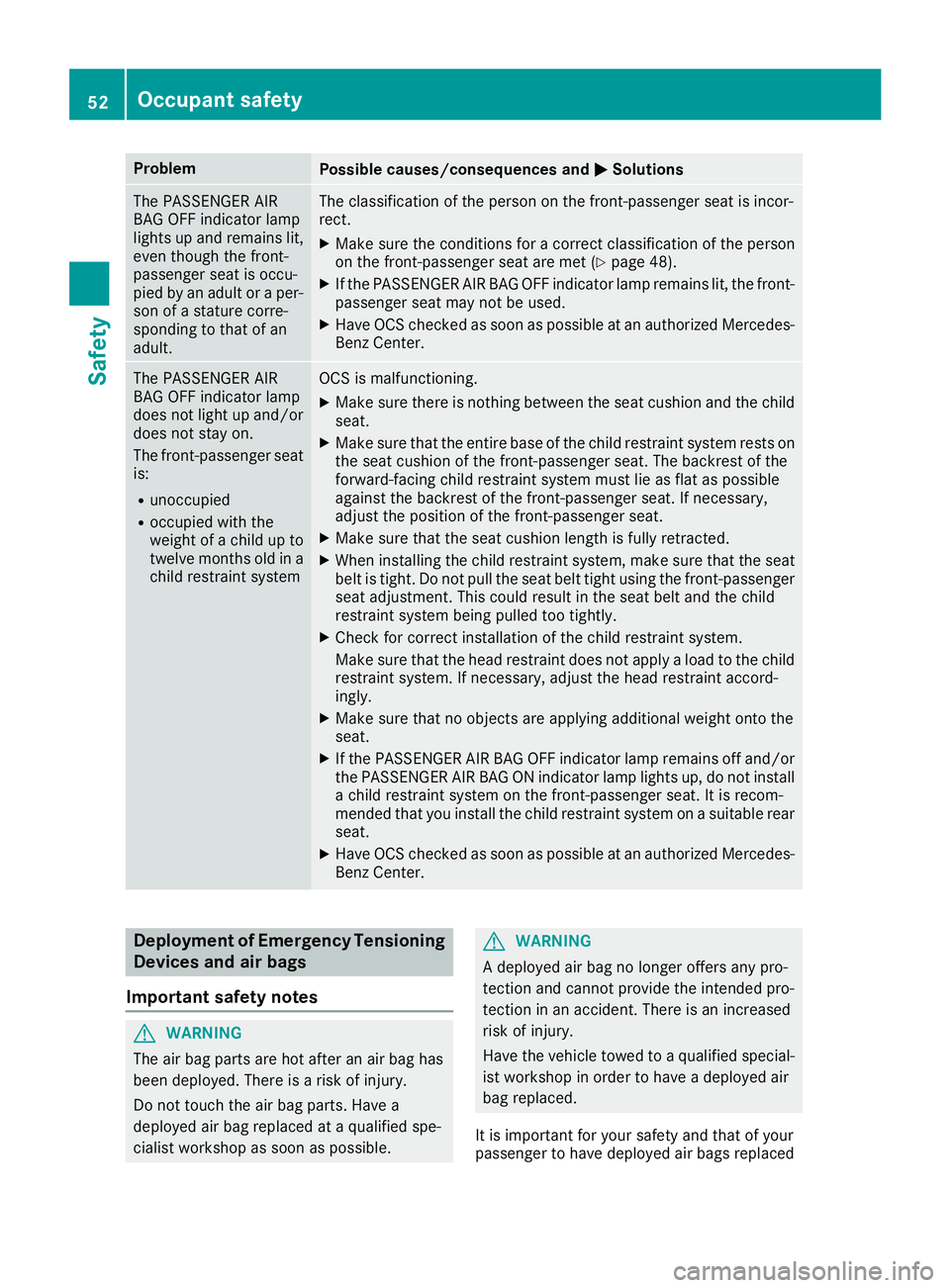
ProblemPossible causes/consequences andMSolutions
The PASSENGER AIR
BAG OFF indicator lamp
lights up and remains lit,
even though the front-
passenger seat is occu-
pied by an adult oraper-
son of astature corre-
sponding to that of an
adult.The classification of the person on the front-passenger seat is incor-
rect.
XMake sure the conditionsf orac orrect classification of the person
on the front-passenger seat are met (Ypage 48).
XIf the PASSENGER AIR BAG OFF indicator lamp remains lit, the front-
passenger seat may not be used.
XHave OCS checked as soon as possible at an authorized Mercedes- Benz Center.
The PASSENGER AIR
BAG OFF indicator lamp
does not light up and/or
does not stay on.
The front-passenger seat
is:
Runoccupied
Roccupied with the
weight of achild up to
twelve months old in a
child restraint system
OCS is malfunctioning.
XMake sure there is nothin gbetween the seat cushion and the child
seat.
XMake sure that the entire base of the child restraint system rests on
the seat cushion of the front-passenger seat. The backrest of the
forward-facing child restraint system must lie as flat as possible
against the backrest of the front-passenger seat. If necessary,
adjust the position of the front-passenger seat.
XMake sure that the seat cushion length is fully retracted.
XWhen installing the child restraint system, make sure that the seat
belt is tight. Do not pull the seat belt tight using the front-passenger seat adjustment .This could result in the seat belt and the child
restraint system being pulled too tightly.
XCheck for correct installation of the child restraint system.
Make sure that the head restraint does not apply aload to the child
restraint system. If necessary, adjust the head restraint accord-
ingly.
XMake sure that no object sare applying additional weight onto the
seat.
XIf the PASSENGER AIR BAG OFF indicator lamp remains off and/or
the PASSENGER AIR BAG ON indicator lamp lights up, do not install ac hild restraint system on the front-passenger seat. It is recom-
mended that you install the child restraint system on asuitable rear
seat.
XHave OCS checked as soon as possible at an authorized Mercedes- Benz Center.
Deployment of Emergency Tensioning
Devices and air bags
Important safety notes
GWARNING
The air bag parts are hot after an air bag has
been deployed. There is arisk of injury.
Do not touch the air bag parts. Have a
deployeda ir bag replaced at aqualified spe-
cialist workshop as soon as possible.
GWARNING
Ad eployeda ir bag no longer offers any pro-
tection and cannot provide the intended pro-
tection in an accident. There is an increased
risk of injury.
Have the vehicle towed to aqualified special-
ist workshop in order to have adeployeda ir
bag replaced.
It is important for your safety and that of your
passenger to have deployeda ir bags replaced
52Occupant safety
Safety
Page 55 of 326

and to have any malfunctioningair bags
repaired. This will help to makes ure theair bags
continue to perform their protective function for
th ev ehicle occupant sintheeventofac rash.
GWARNING
Emergenc yTensioning Devices that have
deployed pyrotechnically are no longer opera-
tional and are unabl etoperform their inten-
ded protective function.T his posesan
increased risk of injury or even fatal injury.
Hav epyrotechnically triggered Emergency
Tensioning Devices replaced immediately at a
qualified specialist workshop.
If Emergenc yTensioning Devices are triggered
or air bags are deployed, you will hear abang,
and asmall amountofp owder may also be
released. The 6restraint system warning
lamp lightsu p.
Only in rar ecases will th ebang affect your hear-
ing .The powder that is released generally does
no tconstitut eahealthh azard, but it may cause
short-term breathingd ifficulties in peoplewith
asthma or other respiratory problems.P rovided
it is safe to do so, you shouldl eave thevehicle
immediately or open th ewindow in orde rtopre-
ven tbreathingd ifficulties.
Air bags and pyrotechnic Emergenc yTensioning
Devices (ETDs )contain perchlorate material,
whichm ay require special handlinga nd regard
for th eenvironment. National guidelines must
be observed durin gdisposal. In California, see
www.dtsc.ca.gov/HazardousWaste/
Perchlorate/index.cfm .
Method of operation
During thefirst stage of acollision,t herestraint
system control unit evaluates important physi-
cal datar elating to vehicle deceleratio noraccel-
eration,s uchas:
Rduration
Rdirection
Rintensity
Based on th eevaluation of this data, the
restraint system control unit triggerst heEmer-
gency Tensioning Devices durin gafrontal or
rear collision. An Emergenc
yTensioning Devic ecan only be
triggered, if:
Rth ei gnition is switched on
Rthec omponent softherestraint system are
operational. You can fin dfurther information
unde r"Restrain tsystem warning lamp"
(
Ypage 41)
Rth es eat belt buckle tongue has engaged in
th eb elt buckle of th erespectiv efront seat
The Emergenc yTensioning Devices in th erear
compartmenta re triggered independently of the
locks tatus of th eseat belts.
If th erestraint system control unit detect sa
mores evere accident, further component sof
th er estraint system are activated independ-
ently of each other in certain frontal collision
situations:
RFronta ir bags as well as driver'sa nd front-
passenger knee bags
RWindow curtain air bag, if th esystem deter-
mines that deploymen tcan offer additional
protection to that provided by th eseat belt
The front-passenger fronta ir bag is activated or
deactivate ddependingont he
person on t
he
front-passenger seat.T he front-passenger front
air bag can only deployinana ccidentifthe
PASSENGER AI RBAG OFFi ndicator lamp is off.
Observ ethe informatio nonthePASSENGER AIR
BA Gindicator lamps (
Ypage 41).
Your vehicle has two-stag efront air bags. In the
first deploymen tstage, th efront air bag is filled
with propellantg as. The frontair bag is fully
deployed with th emaximum amountofp ropel-
lant gas if asecondd eploymen tthreshold is
reached within afew milliseconds.
The activation threshold of th eEme rgenc yTen-
sioning Devices and th eair bags is determined
by evaluating th erateofv ehicle deceleratio nor
acceleratio nwhicho ccurs at various points in
th ev ehicle .This process is pre-emptive in
nature. Deployment shouldt akep lace in good
tim eatt hestart of th ecollision.
The rat eofvehicle deceleratio noracceleration
and th edirection of th eforce are essentially
determine dby:
Rthed istribution of forces durin gthe collision
Rthec ollision angle
Rthed eformatio ncharacteristics of th evehicle
Rthec haracteristics of th eobject with which
th ev ehicle has collided
Factors whichc an only be seen and measured
after acollision has occurre ddonotplay adeci-
Occupant safety53
Safety
Z
Page 56 of 326
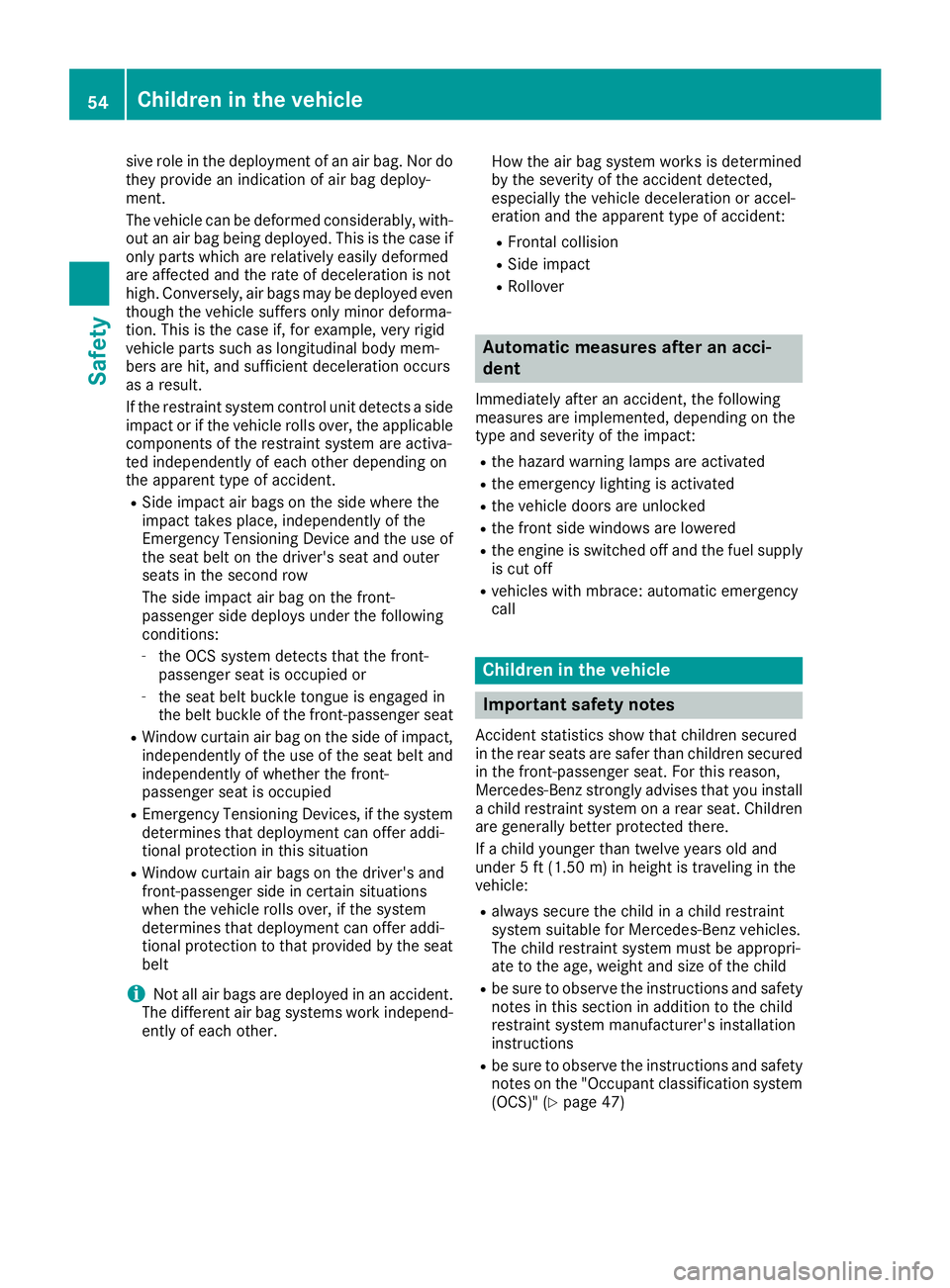
sive role in the deployment of an air bag. Nor do
they provide an indication of air bag deploy-
ment.
The vehicle can be deformed considerably, with-
out an air bag being deployed. This is the case if only parts which are relatively easilyd eformed
are affected and the rate of deceleration is not
high. Conversely, air bags may be deployed even
though the vehicle suffers only minor deforma-
tion. This is the case if, for example, very rigid
vehicle parts such as longitudinal body mem-
bers are hit, and sufficient deceleration occurs
as aresult.
If the restraint system control unit detects aside
impact or if the vehicle rolls over, the applicable
componentsoft he restraint system are activa-
ted independently of each other depending on
the apparent type of accident.
RSide impact air bags on the side where the
impact takes place, independently of the
EmergencyT ensioning Device and the use of
the seat belt on the driver's seat and outer
seats in the second row
The side impact air bag on the front-
passenger side deploysu nder the following
conditions:
-the OCS system detects that the front-
passenger seat is occupied or
-the seat belt buckle tongue is engaged in
the belt buckle of the front-passenger seat
RWindow curtain air bag on the side of impact, independently of the use of the seat belt and
independently of whether the front-
passenger seat is occupied
REmergencyT ensioning Devices, if the system
determines that deployment can offer addi-
tional protection in this situation
RWindow curtain air bags on the driver's and
front-passenger side in certain situations
when the vehicle rolls over, if the system
determines that deployment can offer addi-
tional protection to that provided by the seat
belt
iNot all air bags are deployed in an accident.
The different air bag systems work independ- ently of each other. How the air bag system works is determined
by the severity of the accident detected,
especially the vehicle deceleration or accel-
eration and the apparent type of accident:
RFrontal collision
RSide impact
RRollover
Automatic measures after an acci-
dent
Immediately after an accident, the following
measures are implemented, depending on the
type and severity of the impact:
Rthe hazard warning lamps are activated
Rthe emergency lighting is activated
Rthe vehicle doors are unlocked
Rthe front side windows are lowered
Rthe engine is switched off and the fuel supply
is cut off
Rvehicles with mbrace: automatic emergency
call
Children in the vehicle
Important safety notes
Accident statistics show that children secured
in the rear seats are safer than children secured
in the front-passenger seat. For this reason,
Mercedes-Benz strongly advises that you install
ac hild restraint system on arear seat. Children
are generally better protected there.
If ac hild younger than twelve years old and
under 5ft(1.50 m) in height is traveling in the
vehicle:
Ralways secure the child in achild restraint
system suitable for Mercedes-Benz vehicles.
The child restraint system must be appropri-
ate to the age, weight and size of the child
Rbe sure to observe the instructions and safety
notes in this section in addition to the child
restraint system manufacturer's installation
instructions
Rbe sure to observe the instructions and safety notes on the "Occupant classification system
(OCS)" (
Ypage 47)
54Children in the vehicle
Safety
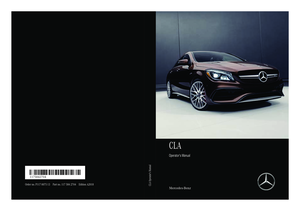 1
1 2
2 3
3 4
4 5
5 6
6 7
7 8
8 9
9 10
10 11
11 12
12 13
13 14
14 15
15 16
16 17
17 18
18 19
19 20
20 21
21 22
22 23
23 24
24 25
25 26
26 27
27 28
28 29
29 30
30 31
31 32
32 33
33 34
34 35
35 36
36 37
37 38
38 39
39 40
40 41
41 42
42 43
43 44
44 45
45 46
46 47
47 48
48 49
49 50
50 51
51 52
52 53
53 54
54 55
55 56
56 57
57 58
58 59
59 60
60 61
61 62
62 63
63 64
64 65
65 66
66 67
67 68
68 69
69 70
70 71
71 72
72 73
73 74
74 75
75 76
76 77
77 78
78 79
79 80
80 81
81 82
82 83
83 84
84 85
85 86
86 87
87 88
88 89
89 90
90 91
91 92
92 93
93 94
94 95
95 96
96 97
97 98
98 99
99 100
100 101
101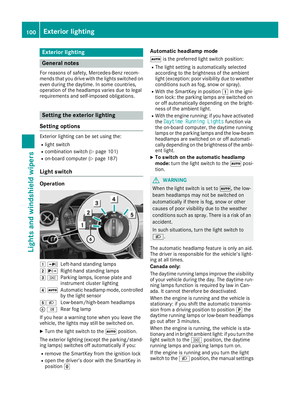 102
102 103
103 104
104 105
105 106
106 107
107 108
108 109
109 110
110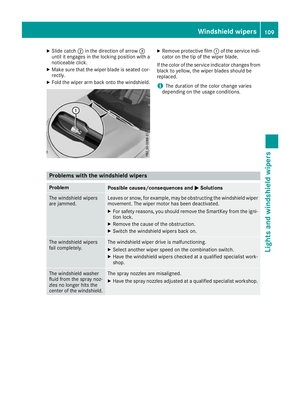 111
111 112
112 113
113 114
114 115
115 116
116 117
117 118
118 119
119 120
120 121
121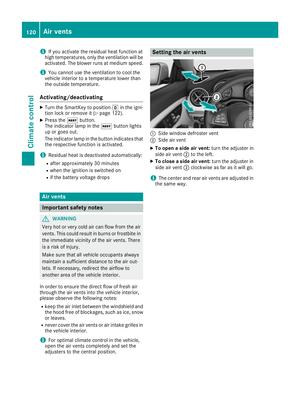 122
122 123
123 124
124 125
125 126
126 127
127 128
128 129
129 130
130 131
131 132
132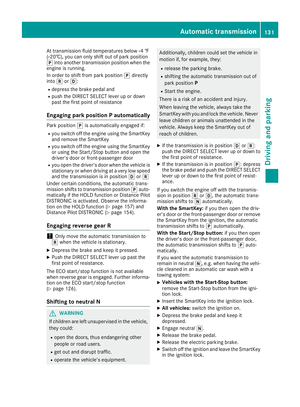 133
133 134
134 135
135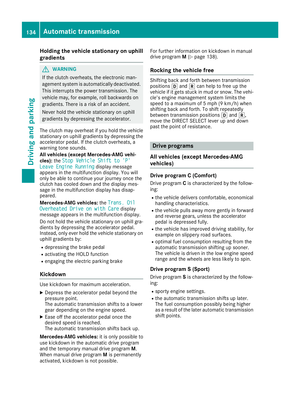 136
136 137
137 138
138 139
139 140
140 141
141 142
142 143
143 144
144 145
145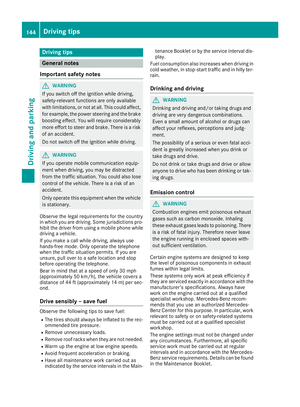 146
146 147
147 148
148 149
149 150
150 151
151 152
152 153
153 154
154 155
155 156
156 157
157 158
158 159
159 160
160 161
161 162
162 163
163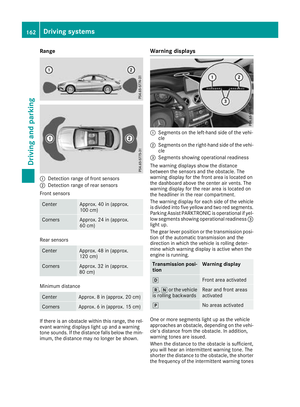 164
164 165
165 166
166 167
167 168
168 169
169 170
170 171
171 172
172 173
173 174
174 175
175 176
176 177
177 178
178 179
179 180
180 181
181 182
182 183
183 184
184 185
185 186
186 187
187 188
188 189
189 190
190 191
191 192
192 193
193 194
194 195
195 196
196 197
197 198
198 199
199 200
200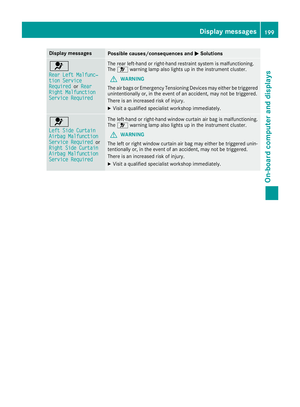 201
201 202
202 203
203 204
204 205
205 206
206 207
207 208
208 209
209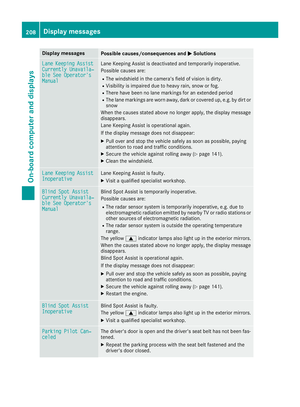 210
210 211
211 212
212 213
213 214
214 215
215 216
216 217
217 218
218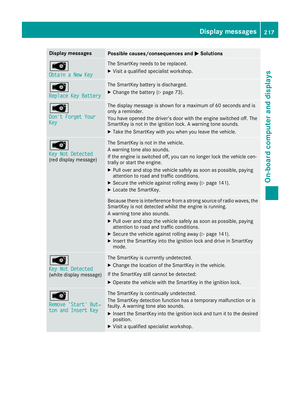 219
219 220
220 221
221 222
222 223
223 224
224 225
225 226
226 227
227 228
228 229
229 230
230 231
231 232
232 233
233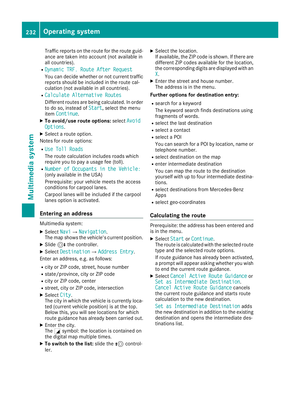 234
234 235
235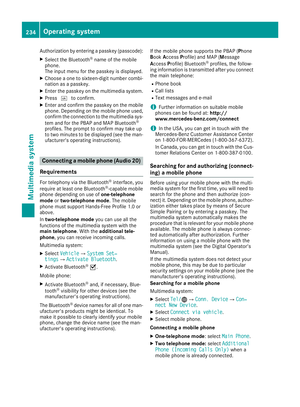 236
236 237
237 238
238 239
239 240
240 241
241 242
242 243
243 244
244 245
245 246
246 247
247 248
248 249
249 250
250 251
251 252
252 253
253 254
254 255
255 256
256 257
257 258
258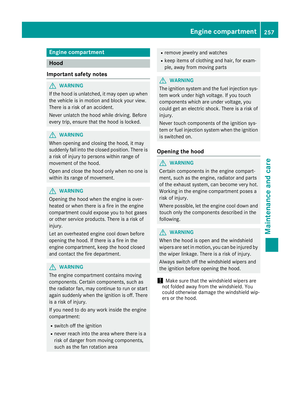 259
259 260
260 261
261 262
262 263
263 264
264 265
265 266
266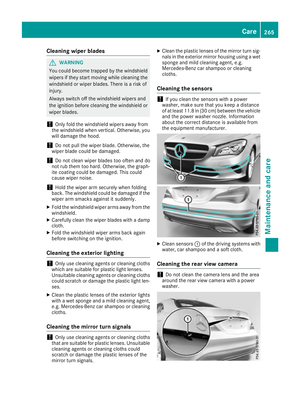 267
267 268
268 269
269 270
270 271
271 272
272 273
273 274
274 275
275 276
276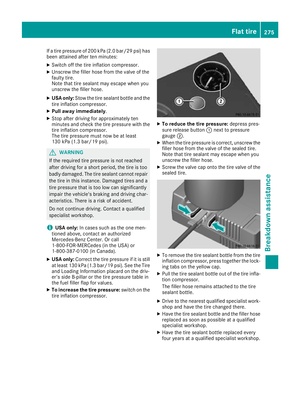 277
277 278
278 279
279 280
280 281
281 282
282 283
283 284
284 285
285 286
286 287
287 288
288 289
289 290
290 291
291 292
292 293
293 294
294 295
295 296
296 297
297 298
298 299
299 300
300 301
301 302
302 303
303 304
304 305
305 306
306 307
307 308
308 309
309 310
310 311
311 312
312 313
313 314
314 315
315 316
316 317
317 318
318 319
319 320
320 321
321 322
322 323
323 324
324 325
325






